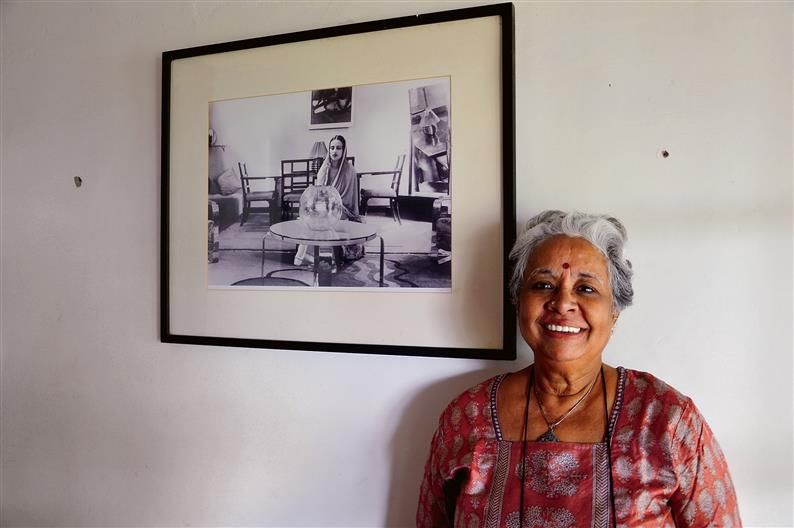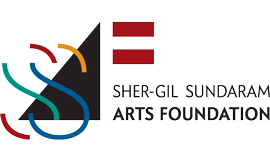20 June–4 July, 2024
Ivy Lodge, Kasauli
A newly instituted programme in SSAF Kasauli Art Project (SKAP), Writer-in-Residence, invites a writer or a poet to spend 2 to 3 weeks to work on a new text or complete an ongoing body of work. A. Mangai was invited as the first Writer-in-Residence.

Photo by R Umamaheshwari
Mangai is the pseudonym of Dr V. Padma. She is a retired professor in English from Stella Maris College, Chennai. She has been actively engaged in Tamil theatre as an actor, director and playwright for close to four decades. She has been a founding member of Chennai Kalai Kuzhu, Sakthi, Palkalai Arangam, Voicing Silence and Marappachi. Her fields of interest are theatre, gender and translation studies.
“I am deeply moved and honoured to be a writer-in-residence as a pilot project from June 20, 2024 to July 4, 2024. The fortnight at the SSAF-Kasauli Art Project at Ivy Lodge was dreamlike to say the least – being in the middle of the mist and art works that traversed times, countries and genres.
I continued the work I had begun earlier – translation of Rahul Sankrityayan’s Volga to Ganges (LeftWord edition) into Tamil for a people’s edition that can be circulated at an affordable cost to the public. I managed to finish three chapters while at Ivy Lodge, which is by far the fastest I could proceed with the translation. I am yet to complete the work. It felt quite paradoxical to translate a work written from inside the prison walls in 1943 in the vast open space of Kasauli with a view of its mountain valley!
I also reflected on structuring the ways by which we can arrive at documenting the afterlife of the 1989 theatre workshop led by Anuradha Kapur and seminar convened by Kumkum Sangari held at the Kasauli Art Centre for five weeks. The workshop laid the seeds of recognizing feminist processes of theatre -making in India, followed by Majlis through Expressions in 1990 at Mumbai. Almost all the participants of that first workshop have made a great impact in feminist art practices – theatre, music, writing, photography, film. I am hoping that we can reach out to as many of them after these thirty-five years and trace the ways in which each one of them have branched into or delved into their art forms.
Taking off from Kumkum Sangari’s concept note and Anuradha Kapur’s description of the workshop in the book Kasauli Art Centre 1976 – 1991 and Navina Sundaram’s film Behind Every Curtain, the documentation of the processes of art practices of the participants of that workshop today will surely give us a rich insight into building and establishing feminist theatre in India. It will be a rich reference for younger practitioners to understand collective art making and the attendant labour that goes into it.”
—A. Mangai


